The Lovin’ Spoonful delivered a batch of hits in the ’60s notable for their variety. This band could turn out modern sounds when so inclined, but they also possessed the ability to reach back to another era with their sound, just as they accomplished with their 1966 smash hit “Daydream.”
Videos by American Songwriter
What is the song about? What other top act helped to inspire its creation? In turn, what famous Beatles song was a direct homage to this track? Here’s all you need to know about “Daydream,” an enduring ’60s classic.
Spoonful of Success
We tend to think of the rock and pop music world in the middle of the ’60s as completely beholden to the emerging psychedelic scene. That was certainly a part of the equation, but many bands were emerging at that time with a somewhat different approach. The Lovin’ Spoonful stood out as one of the groups trying something a little bit off the beaten path.
Several members of the group emerged from the folk music scene in Greenwich Village in New York. As such, they were influenced by older forms of music, such as jug band and vaudeville music. In that way, they were a little more in line with some of the British Invasion bands, who occasionally dialed back the intensity and paid tribute to the British music hall era.
The first two Lovin’ Spoonful hits (“Do You Believe in Magic” and “You Didn’t Have To Be So Nice”) arrived in 1965 and settled smoothly into the pop scene of the time. But when they returned in 1966 with “Daydream,” which also served as the title track of their first album, they proved everything old is new again.
“Dream” Theater
John Sebastian, the lead singer and chief songwriter for The Lovin’ Spoonful, explained to Songwriter Universe how band member Zal Yanovsky pressed him to write a song based on the work of another famous hitmaking group of the day:
“The song was just born out of a sweet love. (And musically) it was inspired by a summer on the road with The Supremes, because ‘Baby Love’ which was huge on the radio, and Yanofsky was always my gadfly. He’d always be pushing me, saying ‘Do one of these—write something like The Supremes.’ And it was very helpful to me.”
Though the sound of Motown might have been the jumping-off point, the Spoonful used old-timey instrumentation to bring the song to life, including Joe Butler playing a clapper and spoons, Steve Boone plunking away on a saloon-style piano, and Sebastian whistling and wheezing away on a harmonica. One guy who was listening and admiring: Paul McCartney, who admitted The Beatles’ song “Good Day Sunshine” was very much in the vein of “Daydream.”
Behind the Lyrics to “Daydream”
“Daydream” is a celebration of lethargy and idleness, as the narrator wants nothing to do with important activity on such a fine day: I’m blowin’ the day to take a walk in the sun / And fall on my face on somebody’s new-mowed lawn. He’s willing to put his important stuff on hold, even if it means facing the consequences: Tomorrow I’ll pay the dues for droppin’ my load / A pie in the face for bein’ a sleepy bull toad.
Even though the music might hearken back to another era, there are some cosmic, very ’60s-relevant vibes evoked in the lyrics. Note how the daydream becomes more than just a temporary state, instead lasting into the night. But Sebastian warns you can go too far in a reverie: Tomorrow at breakfast you may prick up your ears / Or you may be daydreamin’ for a thousand years.
But considering just how lush and lilting this song sounds, would such a fate be a bad thing? With “Daydream,” The Lovin’ Spoonful gave ’60s audiences a smattering of antiquated sounds, even while the message condoning dropping out for a bit was quite era-appropriate.
Photo by Charlie Gillett Collection/Redferns

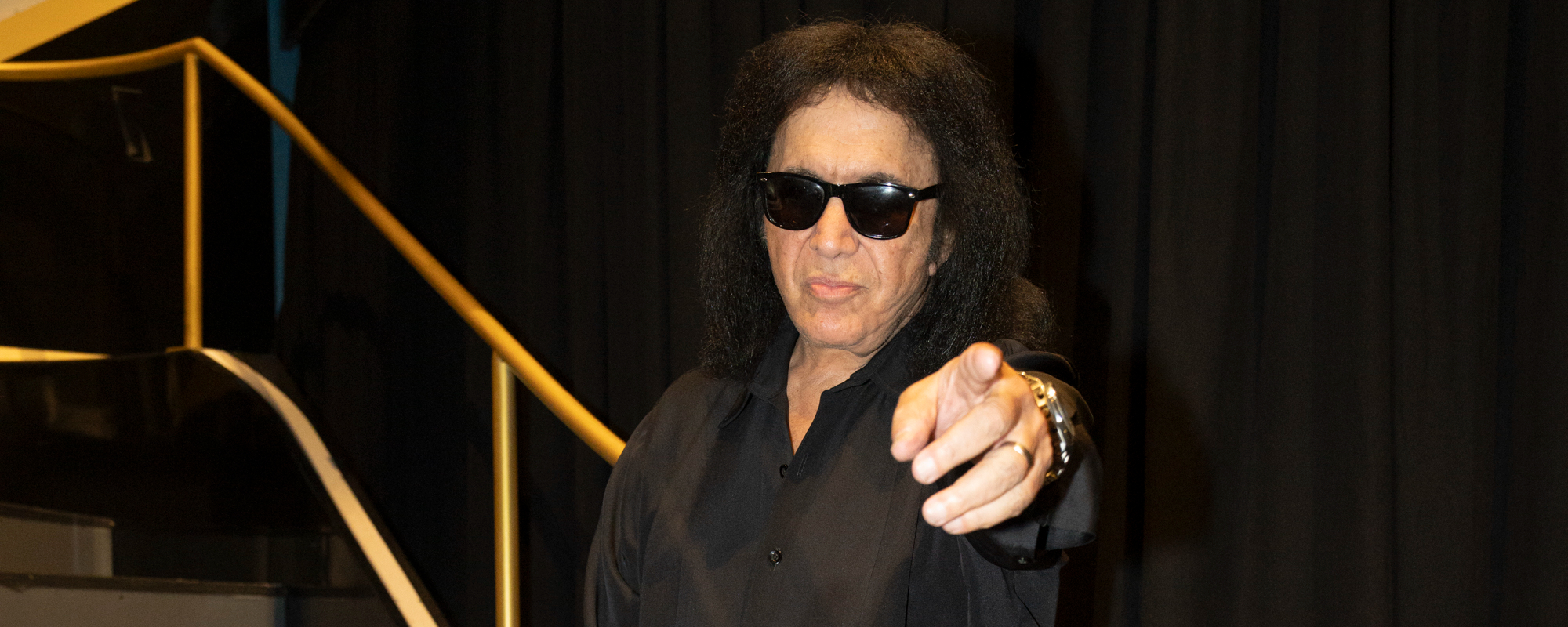
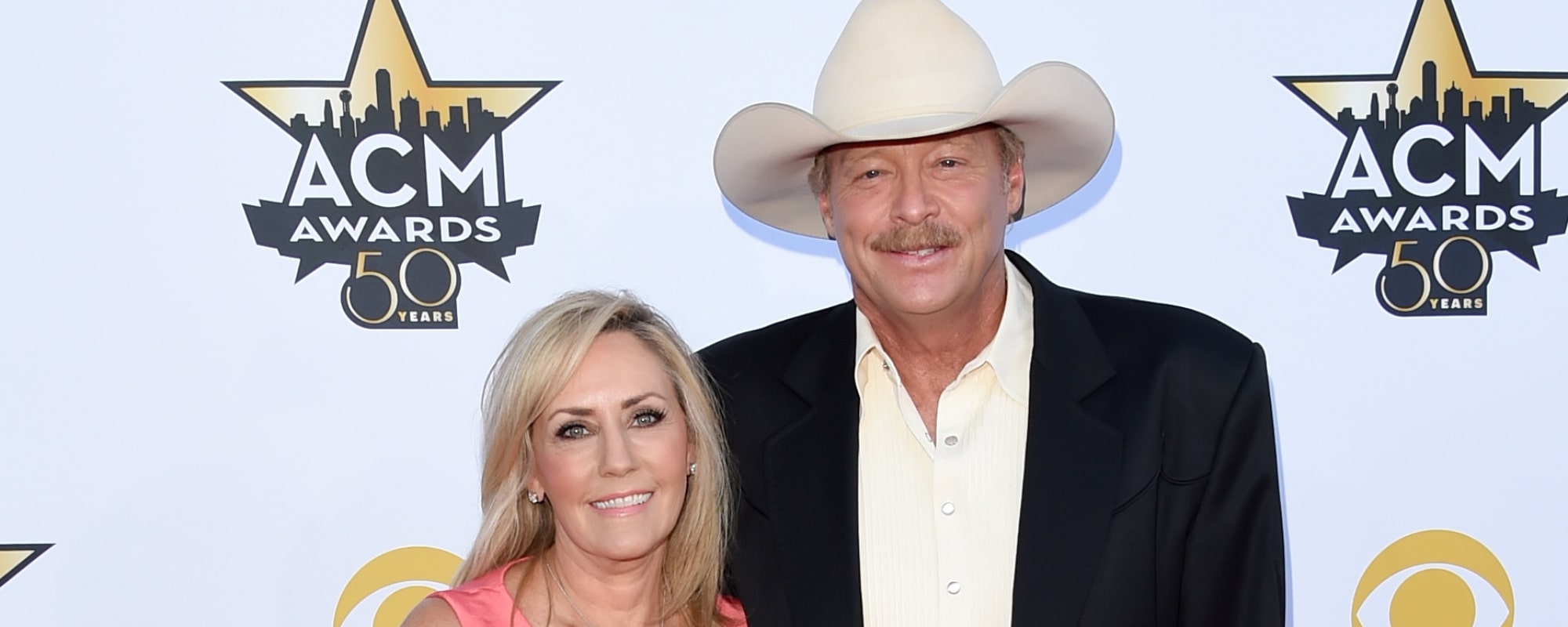

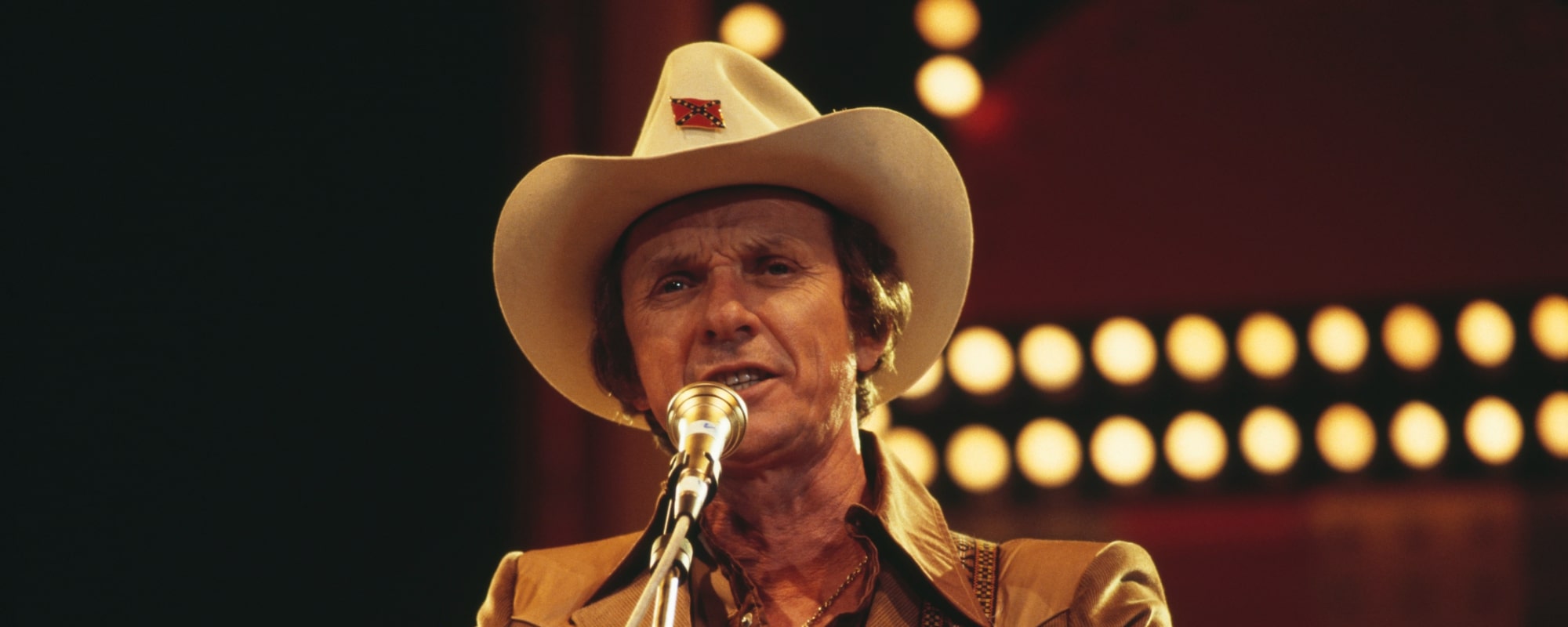

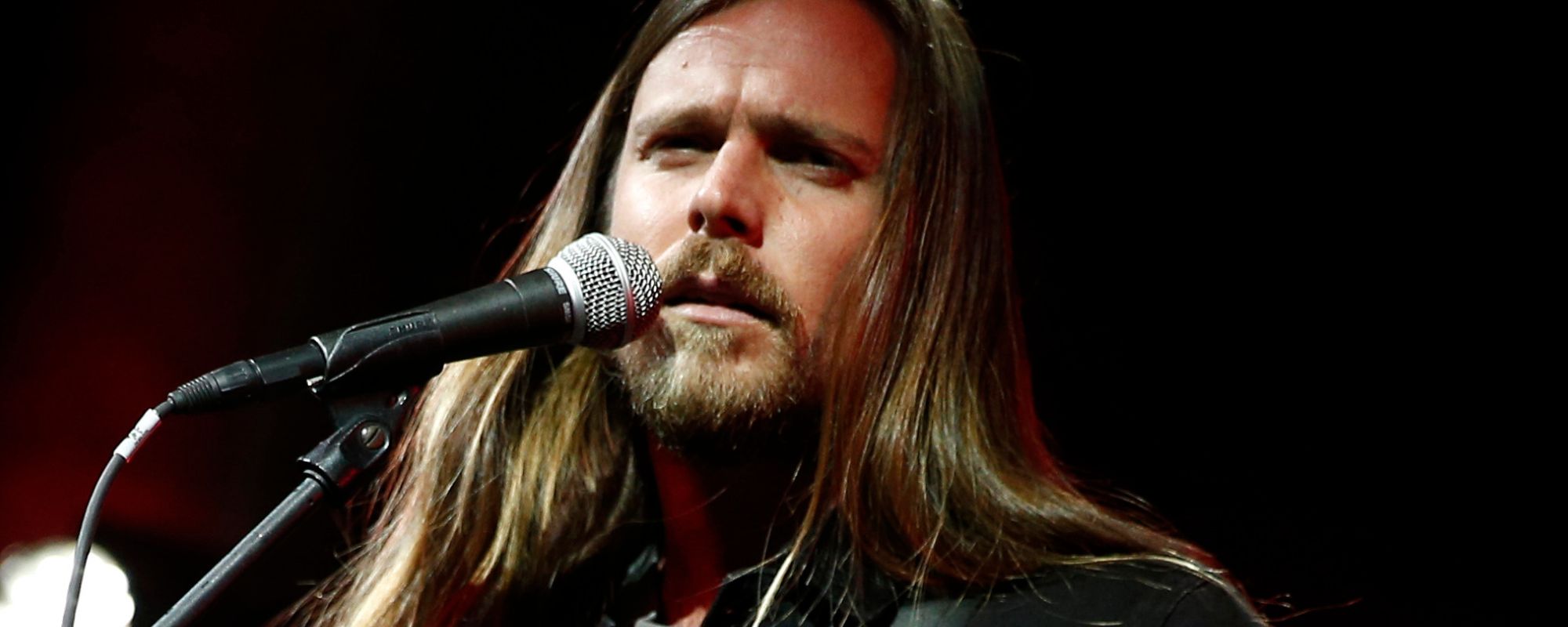

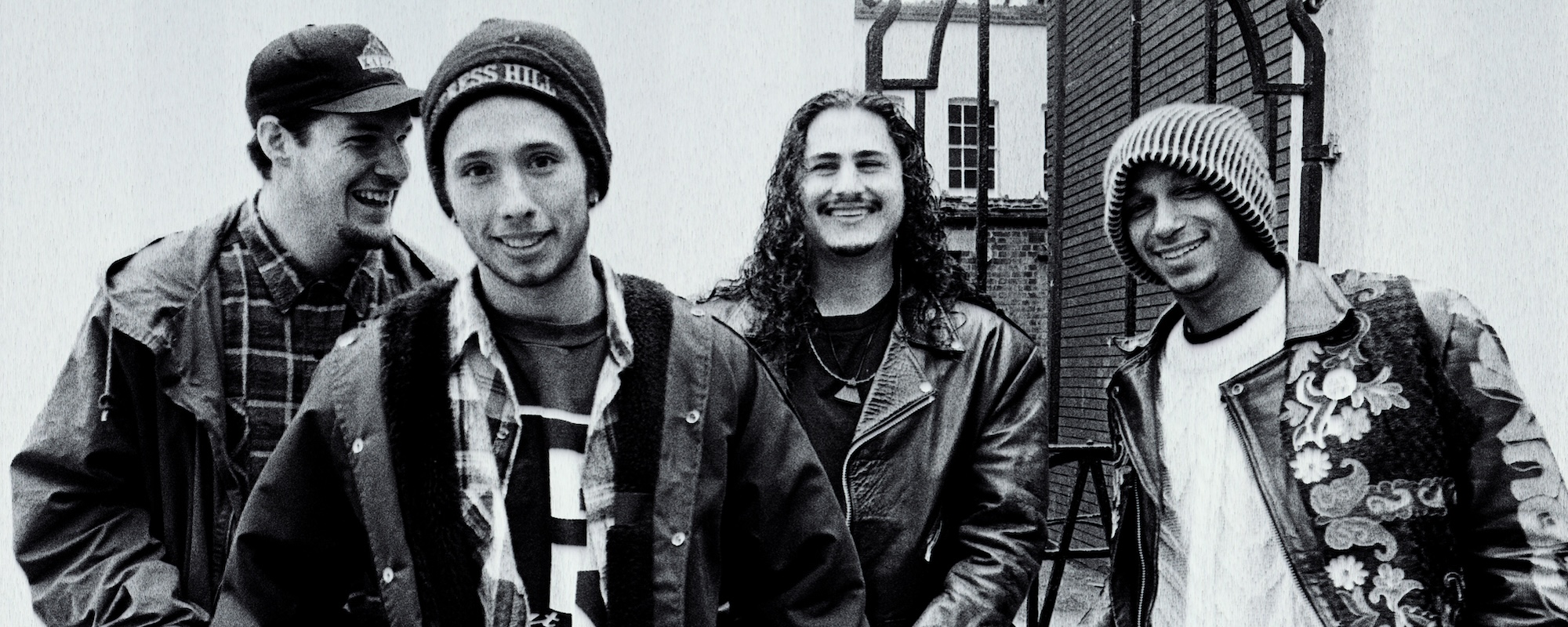
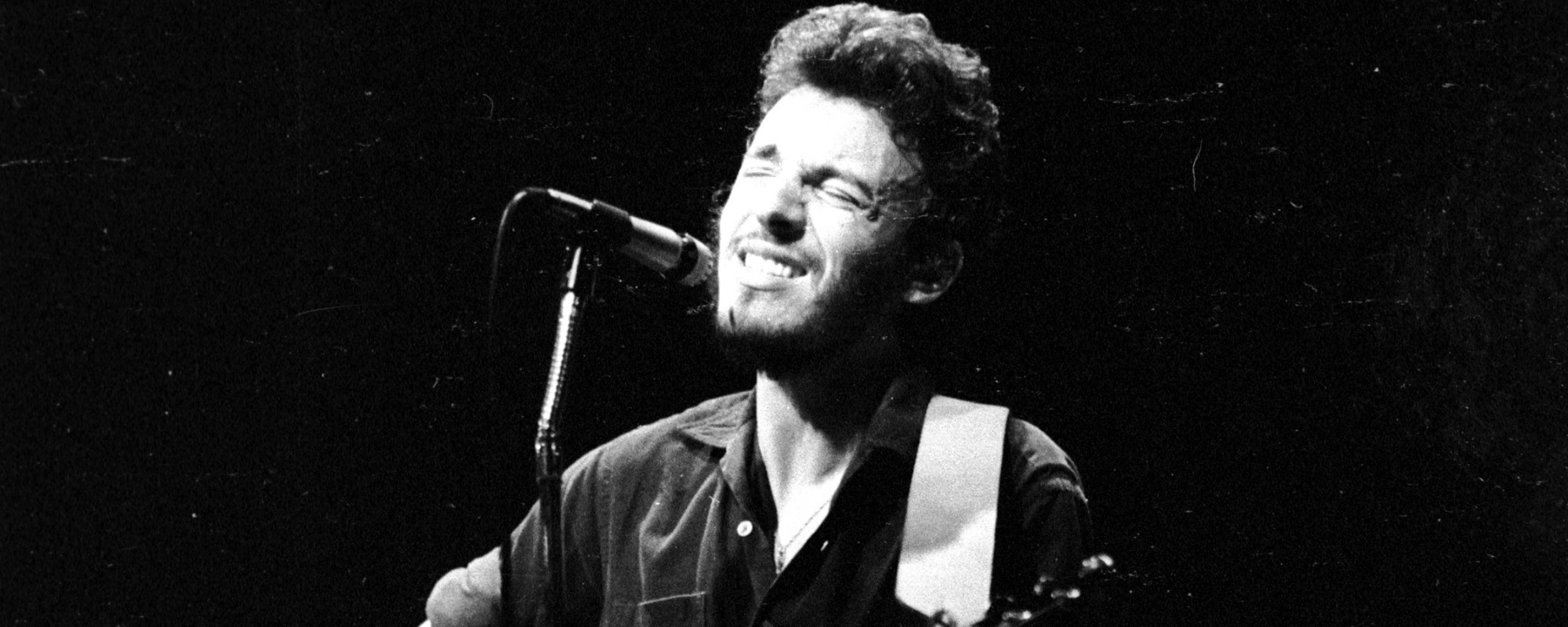
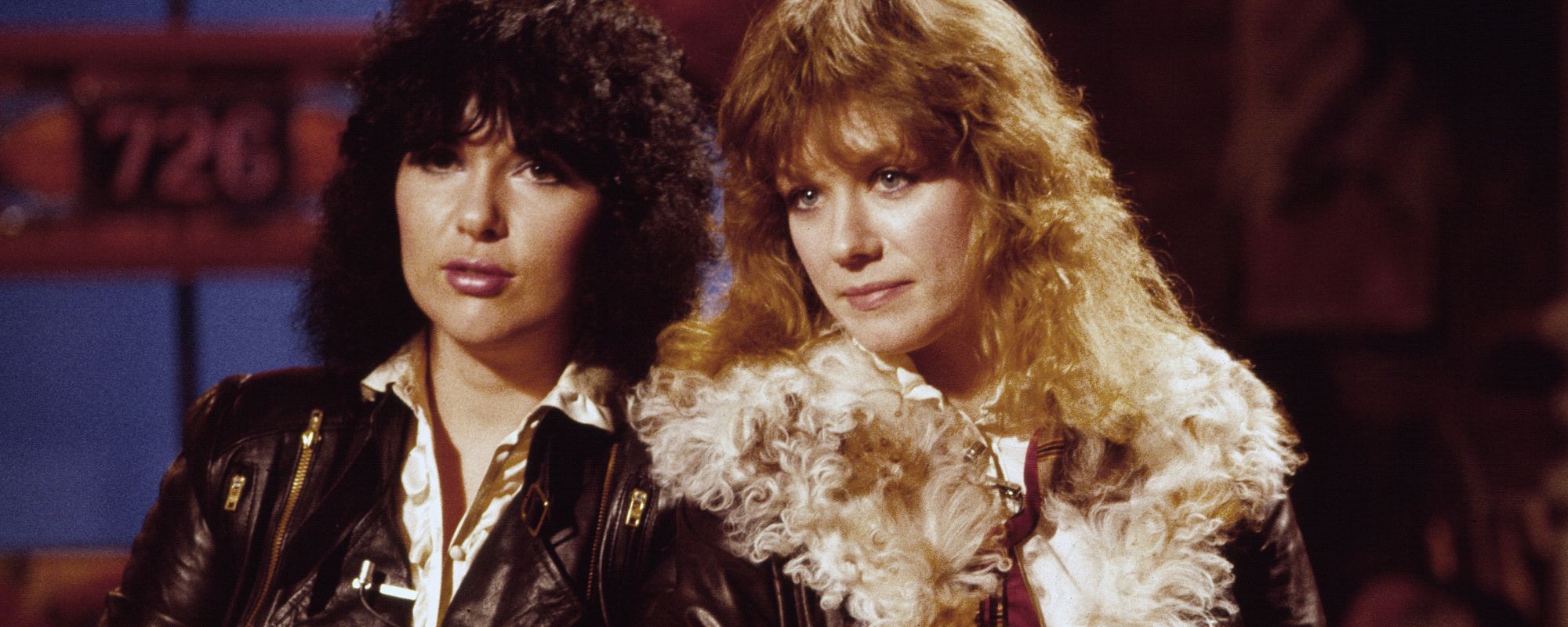


Leave a Reply
Only members can comment. Become a member. Already a member? Log in.